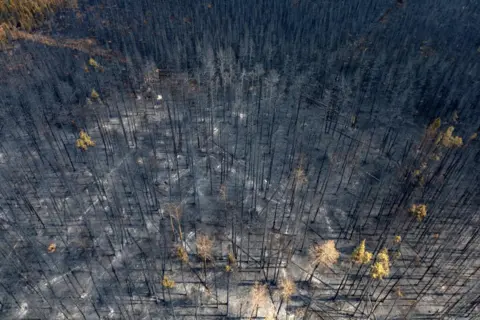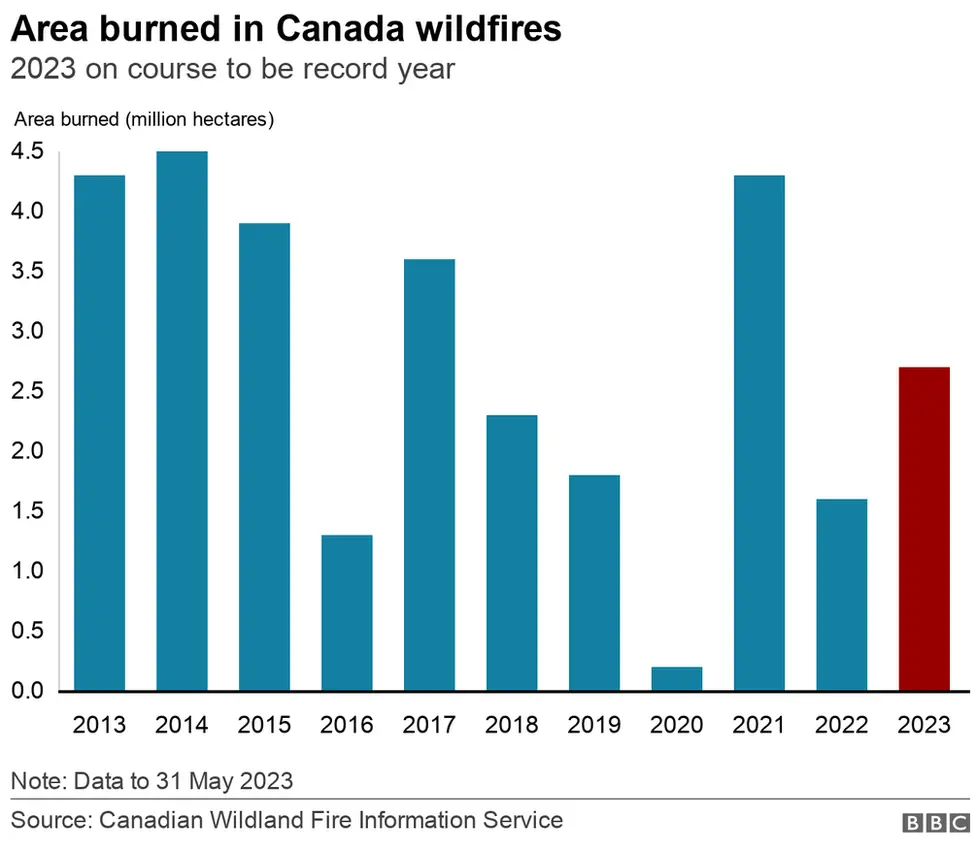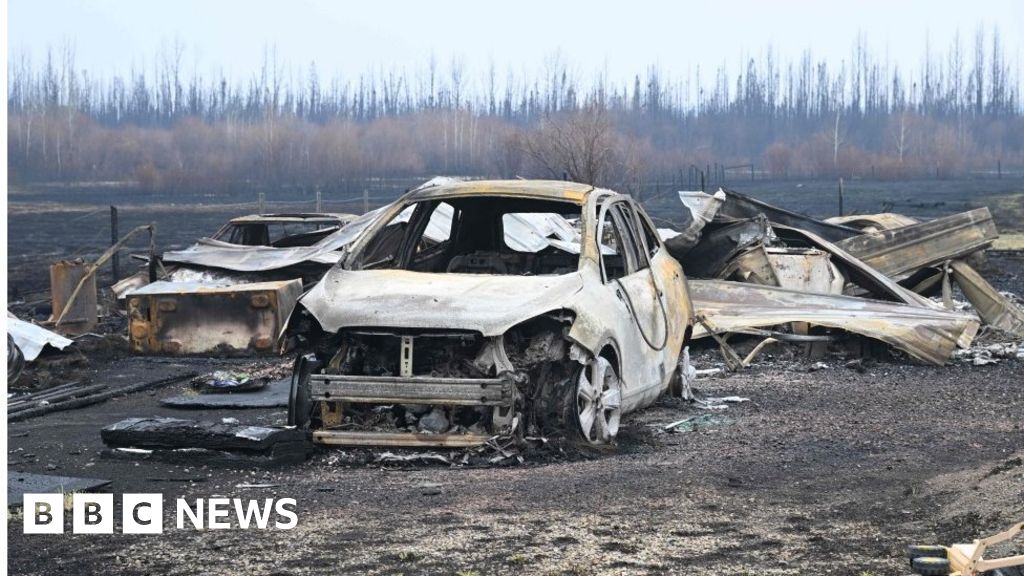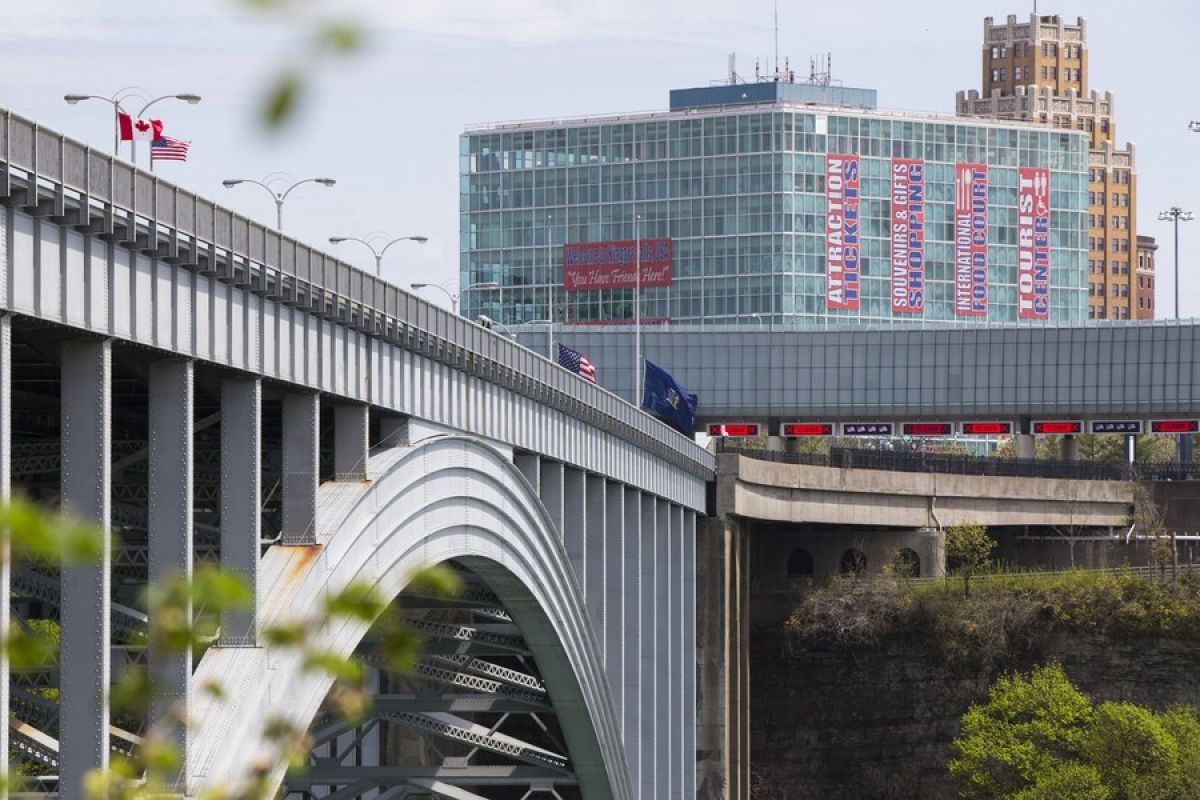By Georgina Rannard, Climate and science journalist, BBC News
Intense wildfires are ravaging Canada, leading to the evacuation of thousands and smoke blowing into the US state of Georgia, creating hazardous air quality for millions.
Canada is expected to experience the largest area of wildfires on record this year.
The impact is felt hundreds of kilometers away, particularly in Toronto and New York.
“We are now living in a new reality,” said Canadian Minister of Natural Resources Jonathan Wilkinson.
We’re looking at the role climate change plays in what’s happening.
How did forest fires start in Canada?
The first local state of emergency was declared in Alberta on May 4, and hundreds of fires have since broken out across the country, with more than 400 active fires as of June 7.
Most of the more than 2,000 fires Canada has seen this year are believed to have been started by humans.
Some, notably in Quebec, were triggered by lightning.
Dead trees left standing and poor forest management have also previously been blamed for causing a serious fire risk.
Experts say the modern practice of attempting to completely suppress fires may prevent forests from creating natural firebreaks that would have historically reduced the spread of wildfires.
Are fires caused by climate change?
Every wildfire cannot automatically be directly linked to climate change. The science is complex and human factors, like how we manage land and forests, also contribute.
But scientists say climate change is creating weather conditions like heat and drought that are more likely to lead to wildfires.
 Getty Images
Getty ImagesRobert Scheller, a forestry professor at North Carolina State University, says: “The climate signal is very strong. We are seeing both more area burned and more severe fires. »
The spring in Canada was much warmer and drier than usual, creating a drier environment for these large fires.
In Halifax, in the eastern province of Nova Scotia, temperatures last week reached 33°C, about 10 degrees warmer than normal for the time of year.
Parts of the country, including Alberta and Saskatchewan, have been in drought since 2020.
“Vegetation in forests is exceptionally dry,” says climatologist Daniel Swain of UCLA, which means a higher proportion of lightning strikes have caused wildfires.
Experts link these high temperatures to record spring heat seen in other parts of the northern hemisphere, including Spain, Portugal, Morocco, Algeria and Siberia.
Forest fires also contribute to greenhouse gas emissions, gases that warm our atmosphere.
How long will the smoke and fires last?
A storm system and swirling low pressure weather pushed hazy, smoggy air into parts of Canada and the United States, hundreds of kilometers from the fires.
These weather conditions may ease over the next few days, meaning skies may begin to clear, but in areas closer to the fires, smoke will likely continue.
And the hot, dry weather is expected to last through the summer, meaning the fire risk isn’t expected to diminish anytime soon.
With climate change, will the situation get progressively worse each year?
But Professor Scheller says “there will always be variations from year to year.”
Although the frequency of wildfires varies from region to region, the number of acres burned by wildfires has increased significantly in recent decades in North America.
This trend is expected to continue for decades as climate change worsens, leading to higher temperatures and drier conditions, says Professor Scheller.


“Typical zombieaholic. General twitter fanatic. Food fanatic. Gamer. Unapologetic analyst.”








